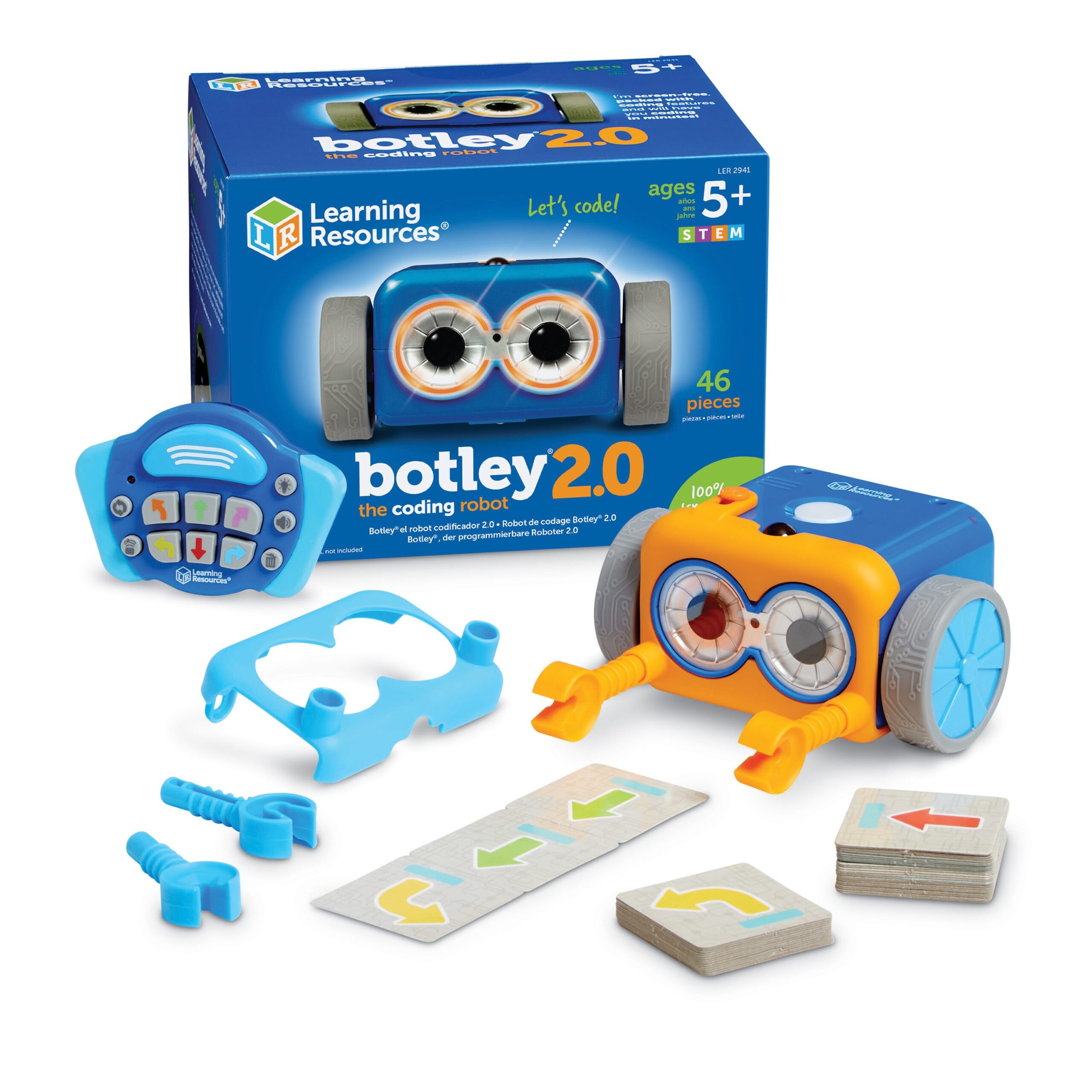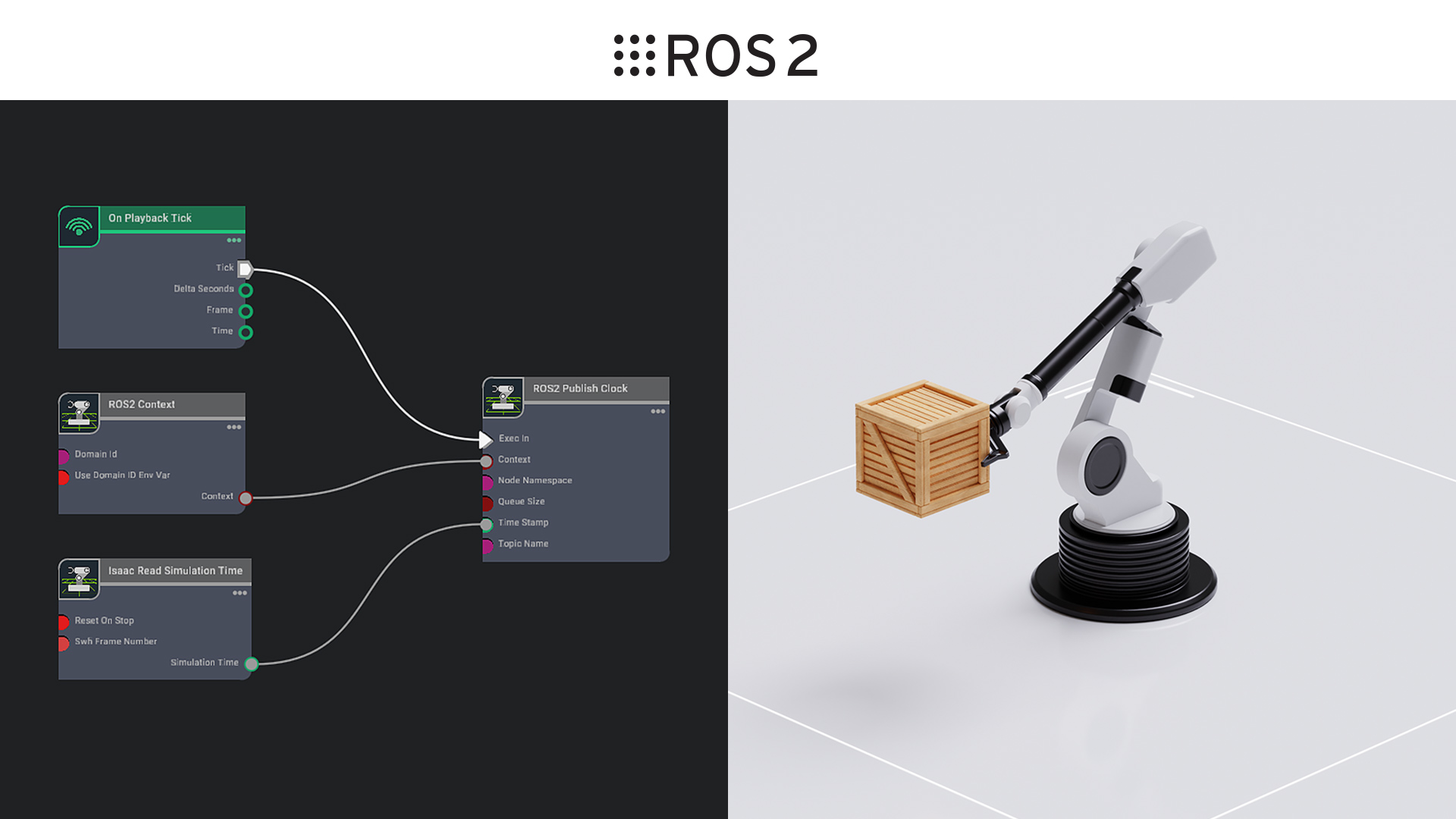How to control a remote control robot effectively?
Remote control robots have become increasingly popular in recent years, offering users the ability to explore new environments and perform tasks from a distance. However, controlling these robots effectively can be a challenging task that requires practice and skill. In this article, we will discuss some tips and techniques for controlling a remote control robot effectively.
1. Understand the controls
Before attempting to control a remote control robot, it is important to familiarize yourself with the controls. Most remote control robots come with a transmitter that features a series of buttons, joysticks, and switches that control the robot’s movements. Take the time to read the instruction manual and understand how each control affects the robot’s behavior.
2. Practice makes perfect
Like any skill, controlling a remote control robot effectively requires practice. Spend time experimenting with the controls in a safe, open space to get a feel for how the robot responds to your commands. Try driving the robot in different directions, turning on a dime, and navigating obstacles to improve your skills.
3. Maintain line of sight
When controlling a remote control robot, it is important to maintain a clear line of sight between the transmitter and the robot. This will ensure that your commands are transmitted accurately and that you can see any obstacles or hazards in the robot’s path. Avoid controlling the robot from behind obstacles or around corners where the signal may be obstructed.
4. Use the right speed
Many remote control robots come with adjustable speed settings that allow you to control how fast the robot moves. When starting out, it is advisable to use a slower speed to give yourself more time to react to obstacles and make precise movements. As you become more comfortable with the controls, you can gradually increase the speed to test your skills.
5. Anticipate the robot’s movements
Controlling a remote control robot effectively requires you to anticipate the robot’s movements and react quickly to changes in direction or speed. Watch how the robot responds to your commands and adjust your controls accordingly to maintain smooth and controlled movement.
6. Avoid interference
Interference from other electronic devices or radio signals can disrupt the connection between the transmitter and the robot, causing erratic behavior or loss of control. To avoid interference, try to control the robot in an open area away from sources of electromagnetic interference, such as power lines, Wi-Fi routers, or other remote control devices.
7. Stay calm under pressure
Controlling a remote control robot can be a high-pressure situation, especially if you are navigating tight spaces or avoiding obstacles. It is important to stay calm and focused under pressure, taking slow, deliberate movements to avoid making mistakes or losing control of the robot.
8. Customize your controls
Many remote control robots allow you to customize the controls to suit your preferences and play style. Experiment with different control settings, such as sensitivity, steering modes, or button assignments, to find the configuration that works best for you. Customizing your controls can improve your ability to control the robot effectively and make the experience more enjoyable.
9. Practice good maintenance
Regular maintenance of your remote control robot is essential to ensure that it operates smoothly and responds accurately to your commands. Check the batteries in the transmitter and the robot regularly, clean the controls and sensors, and make any necessary repairs or adjustments to keep the robot in top condition.
10. Have fun!
Controlling a remote control robot can be both challenging and rewarding, offering a unique way to explore new environments and engage in creative play. Remember to have fun with your robot, experiment with different movements and tasks, and enjoy the experience of controlling a robot from a distance.
How to control a remote control robot effectively?
Remote control robots have become increasingly popular in recent years, offering users the ability to explore new environments and perform tasks from a distance. However, controlling these robots effectively can be a challenging task that requires practice and skill. In this article, we will discuss some tips and techniques for controlling a remote control robot effectively.
1. Understand the controls
Before attempting to control a remote control robot, it is important to familiarize yourself with the controls. Most remote control robots come with a transmitter that features a series of buttons, joysticks, and switches that control the robot’s movements. Take the time to read the instruction manual and understand how each control affects the robot’s behavior.
2. Practice makes perfect
Like any skill, controlling a remote control robot effectively requires practice. Spend time experimenting with the controls in a safe, open space to get a feel for how the robot responds to your commands. Try driving the robot in different directions, turning on a dime, and navigating obstacles to improve your skills.
3. Maintain line of sight
When controlling a remote control robot, it is important to maintain a clear line of sight between the transmitter and the robot. This will ensure that your commands are transmitted accurately and that you can see any obstacles or hazards in the robot’s path. Avoid controlling the robot from behind obstacles or around corners where the signal may be obstructed.
4. Use the right speed
Many remote control robots come with adjustable speed settings that allow you to control how fast the robot moves. When starting out, it is advisable to use a slower speed to give yourself more time to react to obstacles and make precise movements. As you become more comfortable with the controls, you can gradually increase the speed to test your skills.
5. Anticipate the robot’s movements
Controlling a remote control robot effectively requires you to anticipate the robot’s movements and react quickly to changes in direction or speed. Watch how the robot responds to your commands and adjust your controls accordingly to maintain smooth and controlled movement.
6. Avoid interference
Interference from other electronic devices or radio signals can disrupt the connection between the transmitter and the robot, causing erratic behavior or loss of control. To avoid interference, try to control the robot in an open area away from sources of electromagnetic interference, such as power lines, Wi-Fi routers, or other remote control devices.
7. Stay calm under pressure
Controlling a remote control robot can be a high-pressure situation, especially if you are navigating tight spaces or avoiding obstacles. It is important to stay calm and focused under pressure, taking slow, deliberate movements to avoid making mistakes or losing control of the robot.
8. Customize your controls
Many remote control robots allow you to customize the controls to suit your preferences and play style. Experiment with different control settings, such as sensitivity, steering modes, or button assignments, to find the configuration that works best for you. Customizing your controls can improve your ability to control the robot effectively and make the experience more enjoyable.
9. Practice good maintenance
Regular maintenance of your remote control robot is essential to ensure that it operates smoothly and responds accurately to your commands. Check the batteries in the transmitter and the robot regularly, clean the controls and sensors, and make any necessary repairs or adjustments to keep the robot in top condition.
10. Have fun!
Controlling a remote control robot can be both challenging and rewarding, offering a unique way to explore new environments and engage in creative play. Remember to have fun with your robot, experiment with different movements and tasks, and enjoy the experience of controlling a robot from a distance.



